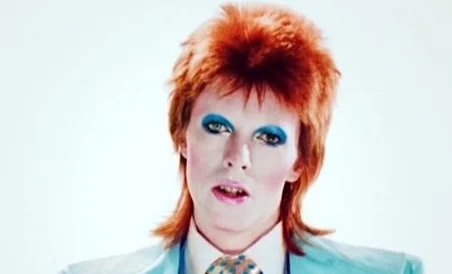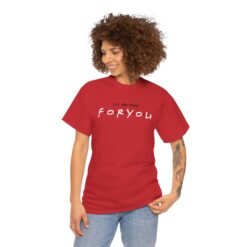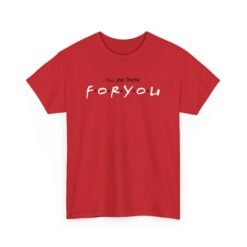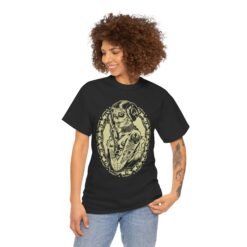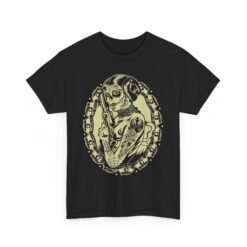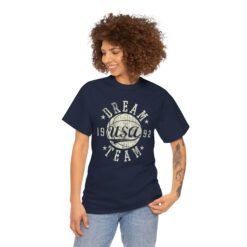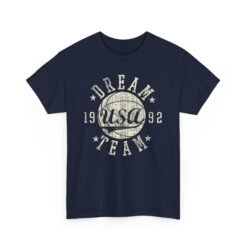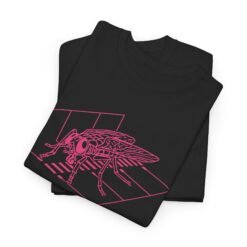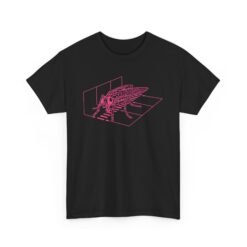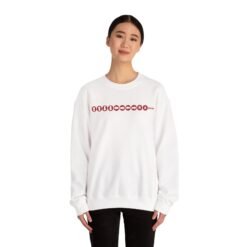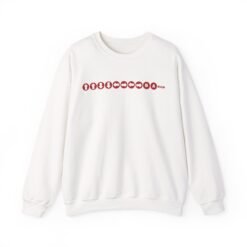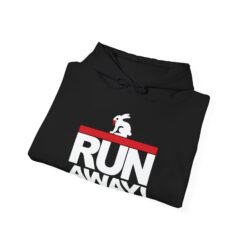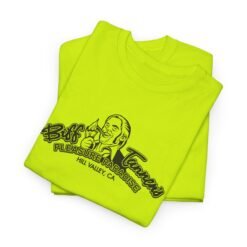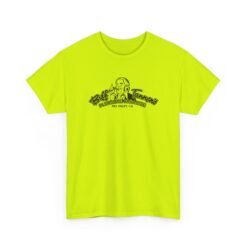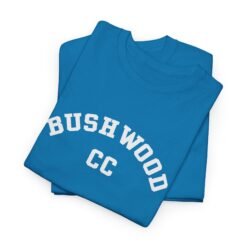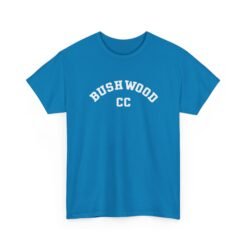Fashion and Hairstyles, Weird Fashion
The Mullet’s Wild Comeback: From ’80s Rockers to Ironic Fashion Icon
The Mullet: A Brief History
The mullet haircut, characterized by its distinctive short front and long back, can trace its origins to ancient cultures where similar styles were adopted for various practical reasons. The term “mullet” itself gained traction in the late 20th century, gaining a reputation emblematic of a particular lifestyle and subculture. Historical evidence suggests that long hair at the back was favored by numerous civilizations, including the ancient Greeks and Romans, who used it as a symbol of status and masculinity. In these societies, individuals embraced the significance of hairstyle as a reflection of their identity.
Fast forward to the late 1970s and early 1980s, the mullet surged in popularity, largely due to influential figures in the music industry. Iconic musicians, such as David Bowie and members of the band Bon Jovi, showcased this style prominently during their peak, cementing the mullet as an essential aspect of rock culture. This haircut became a hallmark of individuality and rebellion, resonating particularly with youth as they sought to express their distinct identities. The cultural significance of the mullet during this time cannot be overstated; it vividly represented a carefree, audacious spirit.
During the 1980s, the mullet’s appearance extended beyond music, infiltrating mainstream media through films and television. Characters depicted in popular shows often sported this hairstyle, further entrenching it into pop culture. However, as the decades progressed, the mullet fell out of favor, perceived by many as a relic of a bygone era. Yet, the cyclical nature of fashion has heralded a resurgence in recent years, as individuals are embracing the mullet both ironically and authentically. This revival taps into nostalgia while simultaneously challenging traditional fashion aesthetics, revealing the enduring legacy of this unique hairstyle.
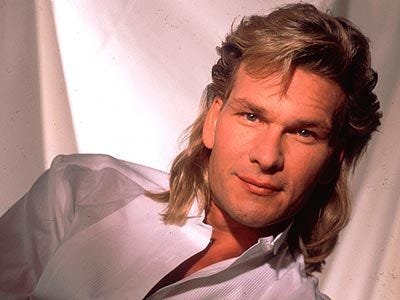
The Mullet in the ’80s: A Style Statement
The mullet hairstyle emerged as a defining trend in the 1980s, capturing the spirit of the era with its distinctive juxtaposition of short front and long back. This iconic look became synonymous with rock music and pop culture, symbolizing freedom, rebellion, and a nonconformist attitude that resonated with the youth of that time. Artists like David Bowie, Billy Ray Cyrus, and Kurt Cobain sported the mullet, contributing to its status as a cultural phenomenon. Each of these figures brought their unique flair to the style, influencing fans and fashion in various ways.
In a decade characterized by bold aesthetics and vibrant expressions, the mullet became a canvas for self-identity, allowing individuals to stand out within the crowd. It fostered discussions around fashion and identity, prompting people to embrace eccentric styles. Numerous films of the 1980s, such as “The Terminator” and “Teen Wolf,” showcased prominent characters with mullets, further cementing the hairstyle’s place in cinematic history. These portrayals presented the mullet as an emblem of coolness, defiance, and personality, enabling widespread adoption of the cut by fans and aspiring icons alike.
The hairstyle’s duality—a business-in-the-front, party-in-the-back mentality—embodied a broader cultural narrative of experimentation and self-expression. It challenged conventional beauty standards and sparked conversations about what constituted acceptable fashion. Within the realm of rock and pop, the mullet not only set trends but also became a talking point for discussions regarding individualism and societal norms. Overall, the mullet’s emergence in the 1980s encapsulated a moment in time when embracing uniqueness and challenging the status quo were celebrated, making it an enduring symbol of that vibrant decade.
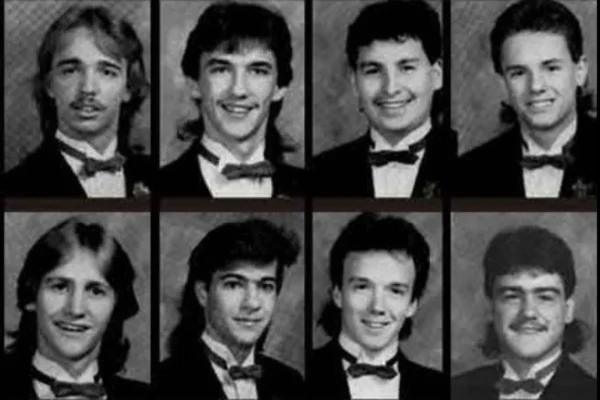
The Ironic Revival of the Mullet
The mullet, often defined by its unique short front and long back hairstyle, has undergone a remarkable transformation in recent years. Originally popularized by rock stars and athletes in the 1980s, it has emerged once again as a statement of irony and nostalgia among younger generations. This resurgence can be attributed to a growing trend of retro aesthetics in contemporary fashion, where traditional styles are being reimagined and celebrated in playful ways.
Various fashion influencers and celebrities have played a pivotal role in bringing the mullet back into the limelight. Public figures such as Miley Cyrus and Rihanna have sported modern takes on the classic cut, sparking interest among their followers. Streetwear brands have also capitalized on the mullet’s quirky appeal, introducing designs that incorporate the hairstyle’s distinct flair into their collections. This juxtaposition of old and new not only celebrates the boldness of the mullet but also challenges societal norms surrounding beauty and personal expression.
The motivations behind this ironic revival are as multifaceted as the haircut itself. For many, adopting a mullet serves as a lighthearted commentary on fashion cycles and an embrace of individuality. In an era where social media platforms dictate trends at an accelerated pace, the mullet stands out as an emblem of playful rebellion against mainstream styles. Young people are eager to showcase their distinctiveness, and the mullet allows for self-expression that is both nostalgic and modern.
As communities continue to reference past trends through a contemporary lens, the mullet symbolizes a broader societal embrace of diversity in personal aesthetics. This irony-laden return not only redefines the haircut itself but reinvigorates conversations around the essence of fashion and its changing narratives. The mullet, therefore, is not just a hairstyle; it has become a cultural artifact that links the past to the present, maintaining its status as a bold fashion statement.
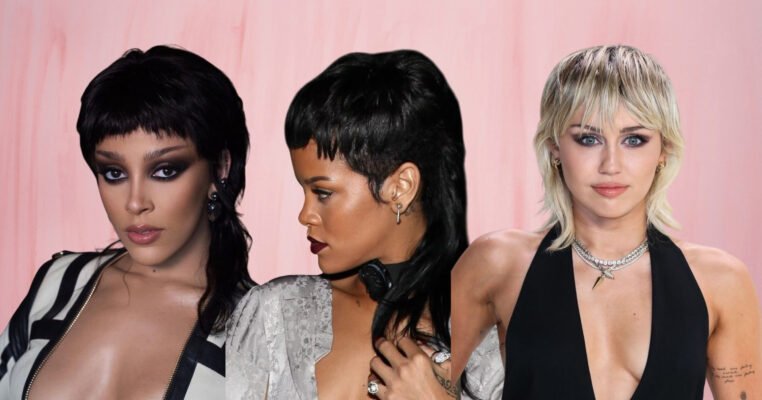
How to Style a Mullet Today: Tips and Inspiration
Embracing the mullet hairstyle in today’s fashion landscape involves a blend of creativity and adaptability. Whether you have straight, wavy, or curly hair, the mullet can be tailored to suit your individual style while maintaining its iconic silhouette. For those with straight hair, consider a clean cut with defined layers at both the front and back. This classic take provides a polished look that is both edgy and versatile. On the other hand, wavy and curly textures benefit from adding volume to the top and letting the back flow freely, which enhances the hairstyle’s playful character.
Maintaining a fresh mullet requires regular trims to keep the layers defined and prevent any unwanted bulk. Incorporating specialized hair products is essential for achieving the desired finish. Texturizing sprays can enhance the style, providing a rugged, lived-in look that is particularly appealing for a more casual vibe. Additionally, pomades or waxes can offer control for those with finer hair, ensuring the mullet remains sleek and in place throughout the day. Regular conditioning is also crucial, particularly for those with curly or coarse textures, to maintain moisture and bounce.
Inspiration for wearing a mullet today can be found across various fashion platforms. Pairing a mullet with modern streetwear elements, such as oversized jackets or fitted jeans, creates a striking balance between nostalgic and contemporary. Accessories like bold earrings or hats can also elevate the look, giving you the confidence to showcase this hairstyle in diverse settings. Color experimentation, such as balayage or vibrant highlights, can further personalize your mullet, aligning it with current hair trends. Hence, whether you are looking to make a statement or simply try something new, these styling tips will help you embrace the mullet with flair.
Nerdy and Gaming
🎮🕹️ Contra Code Unisex Sweatshirt – The Ultimate Cheat Day Gear
Business and Finance
“Biff Tanner’s Pleasure Paradise – Hill Valley, CA” Unisex T-Shirt – Retro 80s Throwback

